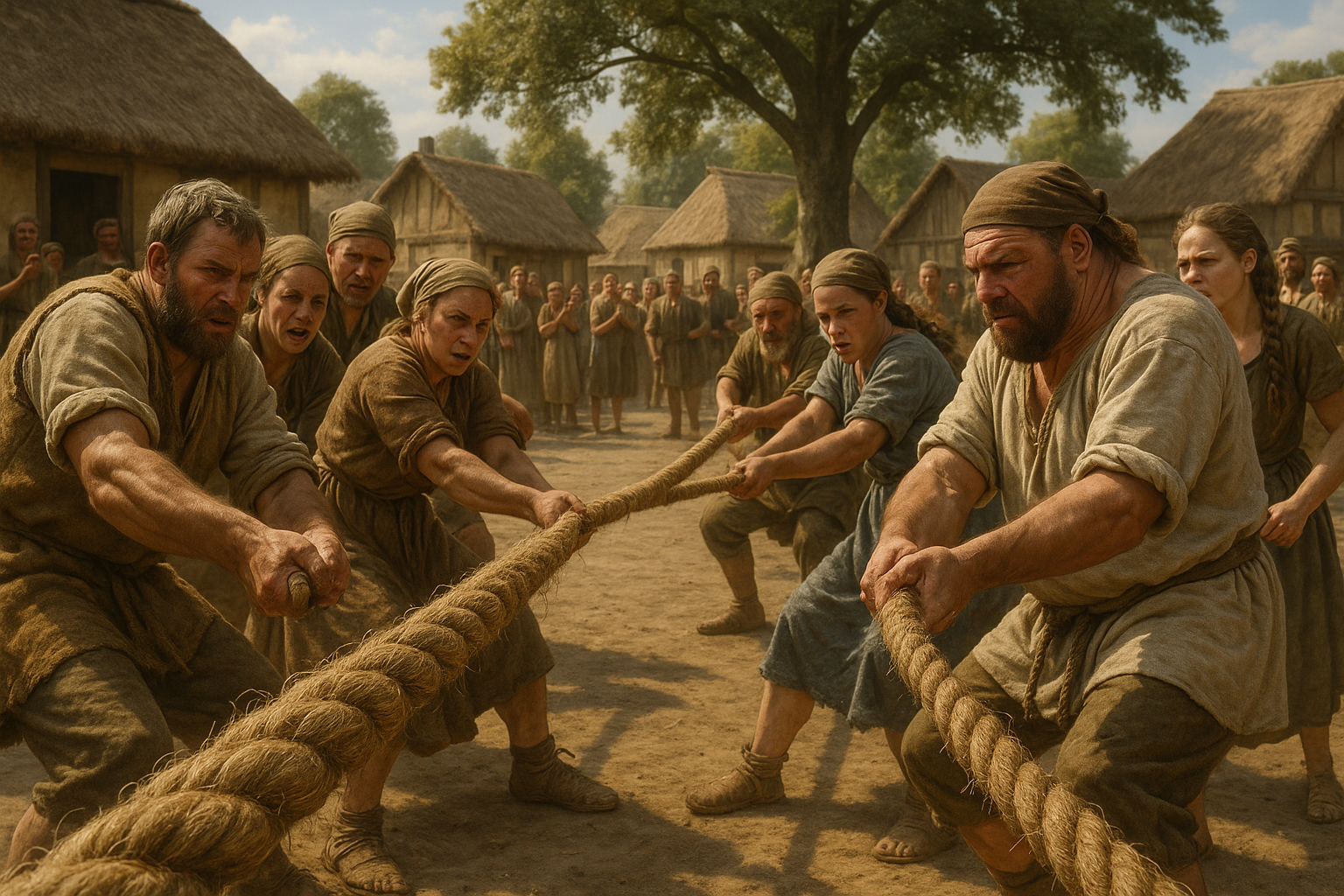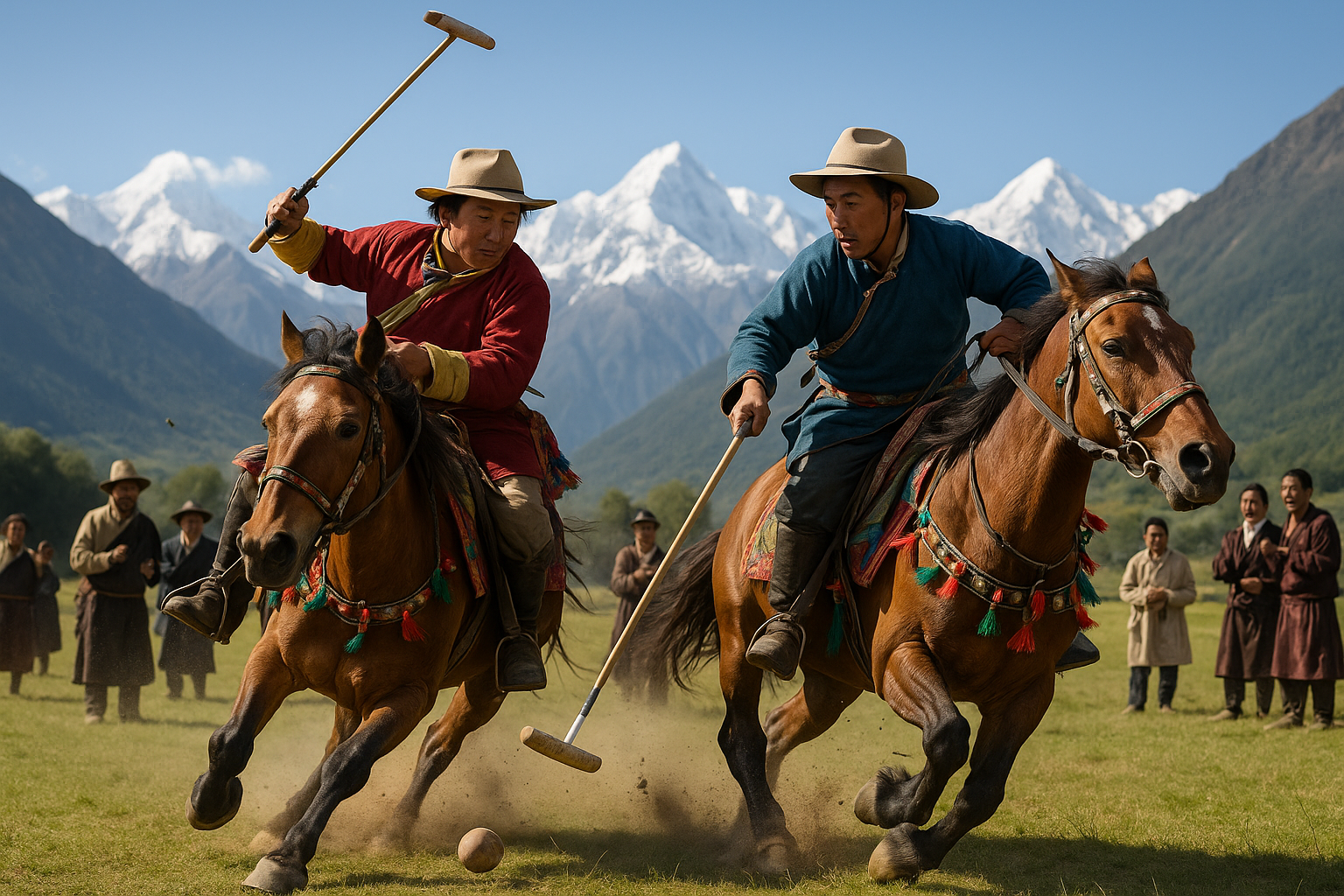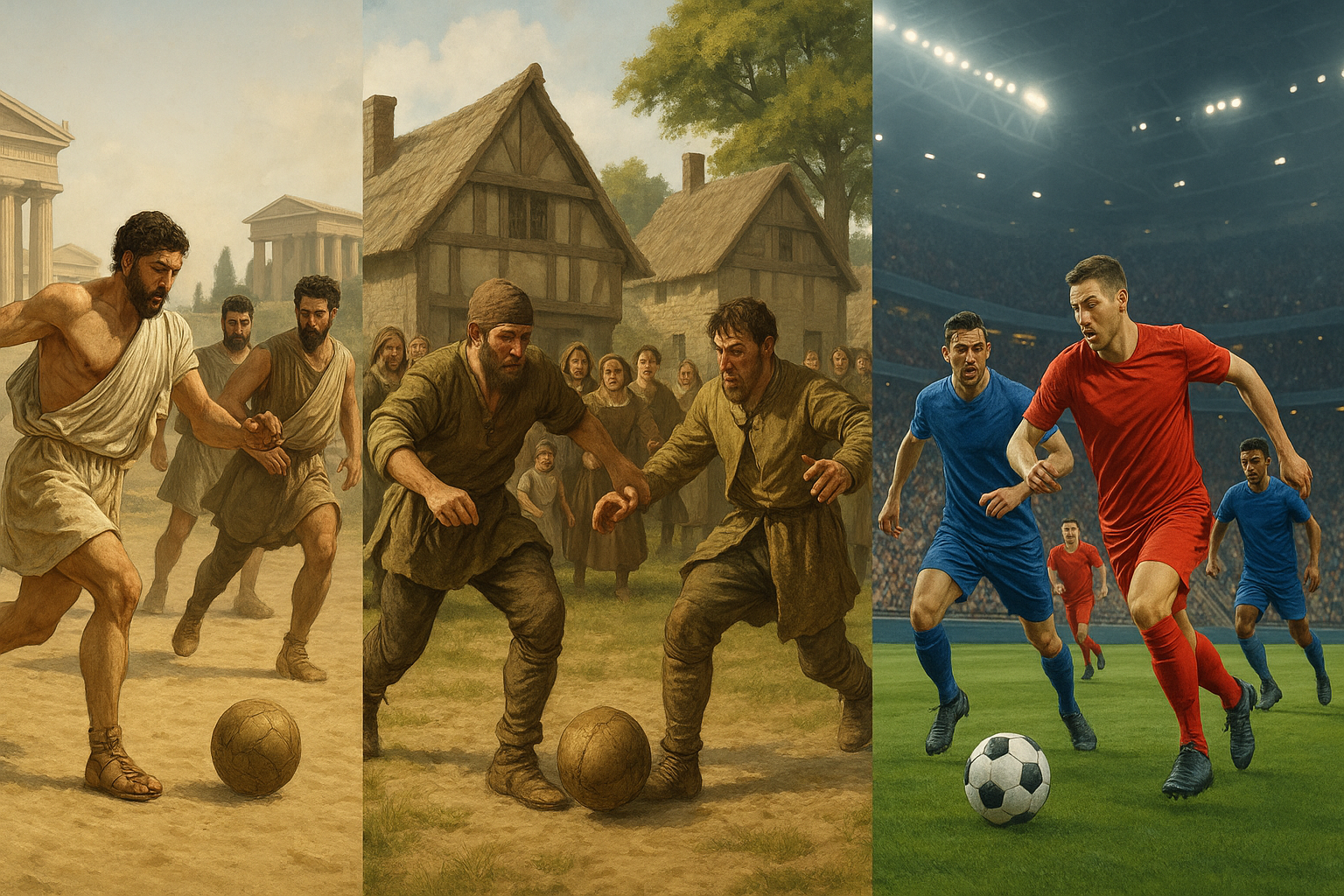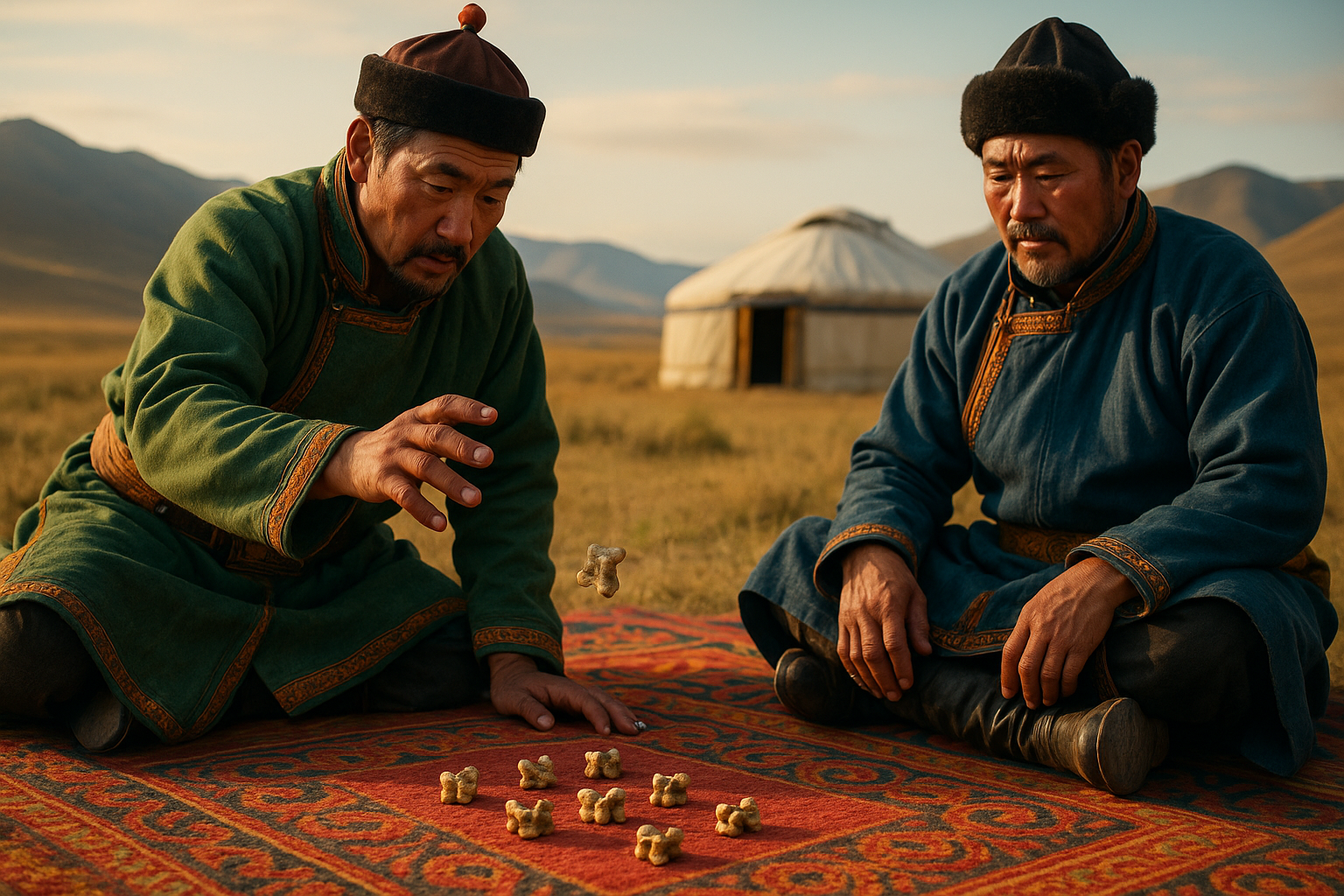Tug of war. A simple game, yet rich in history and strategy, transcending cultures and epochs. This ancient sport is more than just a test of strength; it is a fascinating blend of teamwork, tactics, and psychological prowess that has captivated humanity for millennia. 🌍
In this in-depth exploration, we will unravel the origins and evolution of tug of war strategies, revealing how this age-old contest has morphed from primitive pastimes to an organized sport with complex techniques. Whether you’re a history enthusiast, a sports strategist, or just curious about the dynamics of human competition, this article promises to offer intriguing insights and newfound appreciation for the ancient art of tug of war.
The journey begins in antiquity, where records and artifacts hint at the widespread appeal of tug of war across various civilizations. The roots of this gripping game stretch deep into history, finding mentions in ancient Egyptian and Chinese texts, as well as Indian scriptures. The universality of tug of war in ancient societies reflects a fundamental human fascination with the battle of wills and strength.
As we delve into the historical tapestry of tug of war, we’ll uncover how different cultures embraced and adapted the game to their own social and ceremonial contexts. From the Viking warriors in Scandinavia testing their mettle to the elaborate ceremonies in East Asia, the cultural significance of tug of war has been profound and varied.
But the history of tug of war is not just about where it was played or who participated; it’s also about how the game evolved into a structured sport. As we traverse through time, we’ll explore how tug of war moved from an informal contest to a sport with codified rules and international recognition. 🏆 The development of modern techniques and strategies will be a key focus, shedding light on how teams harness both physical and mental strengths to gain an edge over their opponents.
The psychology behind tug of war strategy is another fascinating aspect we’ll explore. Understanding the mental game – the anticipation, the tactics, the unspoken communication between teammates – is crucial for mastering this sport. We’ll delve into how psychological resilience and strategic thinking can often tip the scales, even when physical strengths are evenly matched.
Throughout this article, we’ll also highlight some of the most iconic tug of war competitions and moments in history, celebrating the triumphs and tales that have shaped the legacy of this enduring sport. From the Olympic Games to local festivals, the stories of determination, camaraderie, and sometimes, rivalry, paint a vivid picture of human spirit and ingenuity.
Finally, we’ll look towards the future of tug of war, considering how the sport continues to evolve and captivate new generations. With the rise of technology and global connectivity, the strategies and training methods are constantly advancing, ensuring that tug of war remains as thrilling and competitive as ever.
So, prepare yourself to dive into the rich history and strategic depth of tug of war. Whether you’re pulling for your team in a friendly match or strategizing for competitive glory, understanding the nuances of this ancient game will provide you with a unique perspective on human competition and cooperation. 🤝
Join us as we pull back the curtain on the art of tug of war strategy, a journey that promises to be as engaging and dynamic as the sport itself. Let’s dig into the ancient roots and modern strategies that make tug of war a timeless test of endurance, strength, and cunning. 💪
# Unveiling the Ancient Art of Tug of War Strategy: A Dive into the Origins and Evolution of Winning Techniques
Tug of war is a game that transcends time and cultures, evolving from a simple test of strength to a complex sport with strategic depth. It’s not merely about pulling harder than the opposing team but understanding the nuances that could tip the scales in your favor. This exploration takes you from its ancient origins to the sophisticated strategies employed in modern competitions.
## The Historical Roots of Tug of War: A Journey Through Time
The origins of tug of war are as old as humanity itself. This timeless game has been depicted in various cultures, each bringing its own unique twist to the contest. Let’s delve into the past to understand how tug of war has evolved over centuries.
### Ancient Origins and Cultural Significance
Tug of war’s history is deeply embedded in many ancient cultures. The game is believed to have started as a ritual or a ceremonial event, often symbolizing the struggle between good and evil. Archaeological evidence from ancient Egypt, Greece, and China suggests that tug of war was used in religious rituals and military training. In ancient China, tug of war, known as “Bahe,” was documented as far back as 2,500 BC, symbolizing the unity and cooperation needed to achieve success. Similarly, the Vikings and Greeks saw it as a test of strength and endurance.
The game was not merely a recreational activity but a way to build community and prepare warriors for battle. In various cultures, tug of war was also a means of settling disputes, demonstrating its role as both a social and practical activity. This ancient significance has laid the groundwork for its enduring popularity across the world.
### Evolution into a Competitive Sport
As societies evolved, so did the nature of tug of war. The game transitioned from a ritualistic or practical exercise into a recognized sport. In the late 19th century, tug of war became an organized competitive sport, with the establishment of rules and international competitions. It was even included in the Olympic Games from 1900 to 1920, showcasing its global appeal.
During this period, countries like Great Britain and the United States formed tug of war clubs and associations, further formalizing the sport. The strategies became more sophisticated, focusing on teamwork, positioning, and technique rather than just brute strength. This evolution marked the beginning of tug of war as a sport of strategy and skill, where understanding the opponent’s tactics became as crucial as physical prowess.
### Cultural Variations and Modern Adaptations
Today, tug of war is played in various forms worldwide, reflecting the cultural diversity that has influenced its evolution. In Japan, the traditional game of “Tsunahiki” is celebrated during festivals, symbolizing unity and prosperity. In parts of Africa, tug of war is part of initiation ceremonies, embodying strength and resilience.
Modern adaptations have also seen the introduction of strategic elements that were previously unheard of. The inclusion of weight categories and mixed-gender teams has added layers of strategy, requiring teams to balance strength with speed and agility. Additionally, the global reach of the sport has led to international competitions, such as the Tug of War International Federation (TWIF) World Championships, which promote diversity and innovation in strategies.
## Mastering the Techniques: Beyond Sheer Strength
While tug of war might appear to be a straightforward contest of muscle power, the underlying strategies are far more intricate. Teams must hone their techniques to gain a competitive edge, understanding the physics and psychology behind each pull.
### Understanding Physics and Leverage
Physics plays a crucial role in tug of war, where leverage and friction are as important as strength. The position of the rope and the team’s formation can significantly impact the outcome of a match. Teams often employ the “anchorman” strategy, positioning the strongest member at the end to provide stability and counterbalance.
A successful team must also master the concept of center of mass, ensuring their collective weight is optimized for maximum pulling power. The angle of pull and the friction between the shoes and the ground are meticulously calculated to prevent slipping and maintain momentum. By leveraging physics, teams can conserve energy and outmaneuver their opponents, even when faced with stronger adversaries.
### Team Coordination and Communication
Effective communication is the backbone of any successful tug of war team. Each member must be aware of their role and timing, coordinating their pulls to synchronize with the rest of the team. The rhythm and cadence of pulling are often dictated by a designated leader, whose commands are crucial for maintaining pace and direction.
Teams often develop unique calls and signals to enhance coordination, adapting to the flow of the match and the opponent’s tactics. This level of communication fosters unity and trust, allowing the team to function as a cohesive unit. By focusing on teamwork and strategy, teams can exploit weaknesses in the opponent’s formation, turning a match in their favor.
### Psychological Warfare: The Mental Game
The psychological aspect of tug of war is often underestimated but plays a pivotal role in determining the outcome of a match. Intimidation, confidence, and mental resilience are essential components of a winning strategy. Teams often engage in pre-match rituals or display unity through chants and synchronized movements to unsettle their opponents.
Maintaining composure under pressure and staying focused on the team’s strategy can be the difference between victory and defeat. The mental fortitude to adapt and respond to the opponent’s moves, while executing the team’s plan, is a hallmark of experienced competitors. Understanding the psychological dynamics can give teams an edge, transforming the physical battle into a test of wills.
## Techniques in Action: A Tactical Breakdown
The implementation of tug of war strategies requires a deep understanding of both individual and collective tactics. Each phase of the game demands a unique approach, blending physical skill with strategic planning.
### The Initial Pull: Establishing Dominance
The opening moments of a tug of war match are critical for establishing dominance. Teams focus on gaining the initial advantage, leveraging their strength to pull the opposing team off balance. The initial pull is a test of both power and speed, requiring explosive force to gain momentum.
This phase is often characterized by rapid adjustments and quick reactions, as teams assess the opponent’s strength and strategy. Establishing an early lead can demoralize the opposition, setting the tone for the rest of the match. Teams practice various starting techniques, from sudden bursts of power to steady pulls, each tailored to counter the opponent’s anticipated response.
### Sustained Effort and Adaptation
Once the initial pull is complete, the focus shifts to sustaining the effort and adapting to the opponent’s tactics. This phase is marked by endurance and strategic adjustments, as teams settle into a rhythm while remaining vigilant for opportunities to exploit.
Teams must continuously communicate and adapt, responding to changes in tension and pressure from the opposing side. The ability to maintain a steady pull, while conserving energy and waiting for the right moment to strike, is crucial. This phase demands patience and discipline, as teams must resist the temptation to overexert and risk losing control.
### The Final Push: Seizing Victory
The culmination of a tug of war match is the final push, where teams deploy their reserves of strength and strategy to secure victory. This phase requires precise timing and coordination, as teams execute their planned maneuvers to overpower the opponent.
Teams often employ a surge strategy, timing their final pull to coincide with a perceived weakness in the opponent’s defense. The ability to execute this decisive move, while maintaining composure and focus, is the hallmark of a seasoned team. Victory is achieved through a combination of physical prowess, strategic planning, and mental resilience, underscoring the complexity and depth of tug of war as a sport.
## Modern Tug of War: Innovations and Future Directions
As tug of war continues to evolve, the sport is embracing innovation and new ideas, expanding its appeal and complexity. The future of tug of war lies in its ability to adapt and grow, integrating modern technology and broadening its reach.
### Technological Advancements and Training
Technology is playing an increasingly important role in the training and development of tug of war teams. Video analysis and biomechanics are being utilized to optimize techniques and improve performance. Coaches and athletes can analyze footage to identify strengths and weaknesses, tailoring training programs to enhance efficiency and effectiveness.
Virtual reality and simulation tools are also being explored, providing teams with immersive training environments to hone their skills. These advancements are revolutionizing the way teams prepare for competition, offering new insights into strategy and performance optimization.
### Expanding Global Reach and Inclusion
The globalization of tug of war is fostering diversity and inclusion, bringing together teams from different backgrounds and cultures. International competitions and the establishment of new leagues are expanding the sport’s reach, attracting a wider audience and encouraging participation across all age groups and genders.
Efforts to promote inclusivity, such as mixed-gender teams and adaptive categories for athletes with disabilities, are broadening the sport’s appeal and accessibility. These initiatives are paving the way for a more inclusive and diverse future, where tug of war can thrive as a global sport.
### Environmental and Social Impact
As awareness of environmental and social issues grows, the sport of tug of war is embracing sustainability and community engagement. Initiatives to host eco-friendly events and promote healthy lifestyles are aligning the sport with broader social goals.
Community programs and outreach efforts are using tug of war as a tool for empowerment and social change, fostering teamwork and resilience in young people. By leveraging the sport’s inherent values, these initiatives are making a positive impact on communities and inspiring the next generation of athletes.
For a more visual understanding of the techniques and strategies discussed, I recommend watching [this informative video](https://www.youtube.com/watch?v=0oMg-zhQ7dA) from the “Tug of War International Federation” channel. It provides an in-depth look at the intricacies of the sport.
As we continue to explore and innovate, the art of tug of war will undoubtedly grow, offering new challenges and opportunities for athletes and enthusiasts alike. The journey from ancient ritual to modern sport is a testament to its enduring appeal and strategic depth.

Conclusion
As we draw the curtain on our exploration of the ancient art of tug of war strategy, it’s essential to reflect on the fascinating journey we’ve undertaken. We began by delving into the origins of this time-honored sport, tracing its roots back to the ancient civilizations that embraced the power of teamwork and strategy. From China to Greece, tug of war served as both a recreational activity and a method to build camaraderie and physical prowess among participants. 🌍
Our journey then led us through the evolution of winning techniques. Historical records and modern insights revealed that tug of war is not merely a test of strength, but a complex interplay of strategy, coordination, and psychology. We examined the various elements that contribute to success, including the significance of team composition, the role of rhythm and timing, and the psychological aspects that can tip the scales in a team’s favor. 🏆
One of the pivotal moments in our discussion was the realization that while physical strength is undoubtedly important, the science behind team dynamics plays an equally critical role. Effective communication, trust, and adaptability are the cornerstones of any successful tug of war team. By understanding these dynamics, participants can harness the collective strength of the group, turning individual abilities into a cohesive force that is greater than the sum of its parts.
The historical context of tug of war also shed light on its transformation from an ancient ritual into a modern competitive sport. We observed how various cultures have adapted and preserved their unique styles and strategies over centuries. This cultural diversity not only enriches the sport but also provides valuable lessons in innovation and adaptability, showcasing how tradition can harmoniously coexist with modernity.
Reinforcing the importance of the topic, it’s clear that tug of war is more than a mere game; it’s a metaphor for life’s challenges. The principles learned through this sport—such as perseverance, teamwork, and strategic thinking—are universally applicable to various aspects of our personal and professional lives. These lessons teach us the value of resilience and cooperation in overcoming obstacles, making tug of war a timeless source of inspiration.
As you reflect on the insights gained from our exploration, I encourage you to consider how these principles can be applied in your own life. Whether it’s in a literal game of tug of war or in tackling the challenges you face daily, the strategies we’ve discussed offer a roadmap to success. Embrace the spirit of teamwork, cultivate strategic thinking, and remember that collaboration often leads to victory. 💪
I invite you to share your thoughts on this topic. Have you ever participated in a tug of war game? What strategies did you find effective? How do you see the lessons from this ancient art reflecting in your personal or professional life? Please share your experiences and insights in the comments section below. Let’s continue the conversation and learn from each other’s experiences. Additionally, if you found this exploration enlightening, consider sharing it with your friends and colleagues to spark further discussion. 📣
In conclusion, the ancient art of tug of war strategy offers a profound understanding of human dynamics, strategy, and resilience. Its rich history and evolution provide a tapestry of lessons that extend far beyond the physical realm of the sport. As we continue to unravel the complexities of this ancient practice, let’s carry forward the values it embodies, applying them to the challenges we face today and fostering a spirit of collaboration and strategic thinking in all our endeavors.
Thank you for joining us on this insightful journey. May the lessons of tug of war inspire you to pull through life’s challenges with strength and unity. 🌟
Toni Santos is a cultural revivalist, play historian, and kinetic storyteller who travels time through the games we left behind. With a deep reverence for lost pastimes, Toni excavates forgotten sports, ancestral competitions, and community games that once defined how people moved, bonded, and thrived. From ancient Mesoamerican ball courts to medieval street games, nomadic strategy contests, and pre-colonial ritual play, Toni revives rulebooks that were never digitized—and champions a worldview where games weren’t just leisure, but meaning, skill, and survival. Combining ethnography, movement studies, game design, and oral tradition, he reconstructs games piece by piece, consulting archives, elders, and fragments of folklore. His mission is not only to replay the past, but to inspire new generations to rediscover joy in rules that challenge, unite, and reflect forgotten values. At the helm of Vizovex, Toni documents these rediscoveries with playable guides, interactive reconstructions, motion-capture reenactments, and interviews with guardians of ancient play. His platform speaks to: Experimental game designers and kinetic anthropologists Educators looking to decolonize sports curriculums Movement artists and cultural preservationists Playful minds seeking what we once valued in the games we played Whether it’s reimagining a Viking endurance sport, mapping traditional Māori games, or crafting tournaments for extinct athletic rites, Toni urges us to move like our ancestors once did—and play with purpose again.




